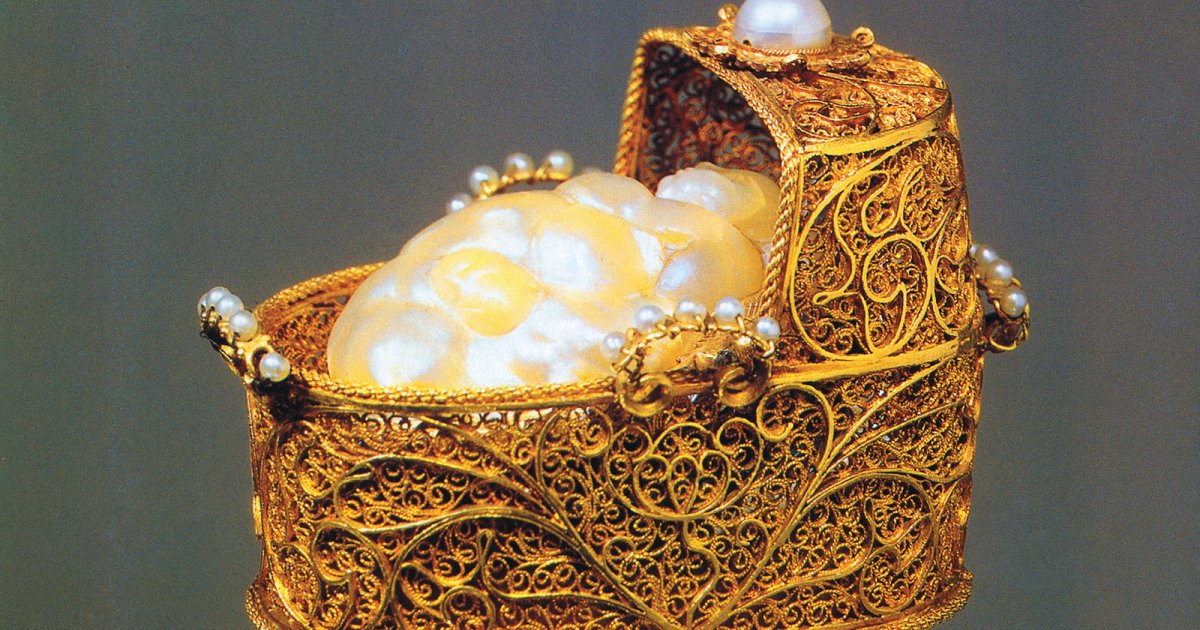PALAZZO PITTI, Grand Dukes' Treasure - Mezzanine
 Language: English / USA
Language: English / USA
Climbing a private staircase, you'll reach the mezzanine: in these thirteen smaller, almost "secret" rooms, you'll feel like you're entering a treasure chest of overwhelming richness with the pietra dura sparkling in the showcases, the luxurious furniture decorated with pietra dura panels, and the ceilings frescoed with magnificence. The objects are subdivided by material here as well, and have all been worked with incomparable art.
In the collection of engraved jewels, small busts, and bas-reliefs in gold, enamel, and pietra dura, I'd like to point out a beautiful oval plaque that depicts Piazza della Signoria. The showcases overflow with magnificence and unlimited imagination: you'll also be drawn to the statuettes and small robots made by German goldsmiths between the 1500s and the 1600s.
You'll find an unusual collection of sacred German silverware from the 14th to the 19th centuries: the Grand Duke Ferdinando III di Lorena brought them back to Florence when he returned to the city in 1815 after the Vienna Congress. Don't miss the portable altar in golden silver and mother-of-pearl.
But the part of the museum that will probably surprise you most is the one dedicated to exotic non-European objects: the Medici's passion for curiosities from far lands laid the foundation for an important anthropology museum in Florence, and contributed to the presence of essences and flowers from every continent in the ancient botanical garden. Here you can admire ceramic pots from the Far East, shells from the Pacific Ocean, African rhinoceros horns, and even African-style liturgy dresses made by Mexican artists in the first half of the sixteenth century who used bird feathers according to Aztec techniques.
After the collection of Chinese and Japanese porcelain, in the last rooms you'll find a selection of contemporary jewels in gold, platinum, copper, and steel, as well as a collection of over one hundred miniatures from the 1700s and 1800s. A real gem is the collection of 58 molds of silver trays that Cardinal Lazzaro Pallavicini gave to the Medici every year starting in 1680. Unfortunately, the precious originals have been lost and these plaster casts, which were taken to make ceramic copies, are all that remains.
FUN FACT: the tiny figures made with precious materials in the Grand Dukes' Treasure come from ancient Greece and Rome, and are part a special art. Just think, this collection of miniature sculptures is considered the most important in the world!
And with this we have finished our tour of Palazzo Pitti in Florence. MyWoWo thanks you for staying with us, and will see you at the next Wonder of the World!



